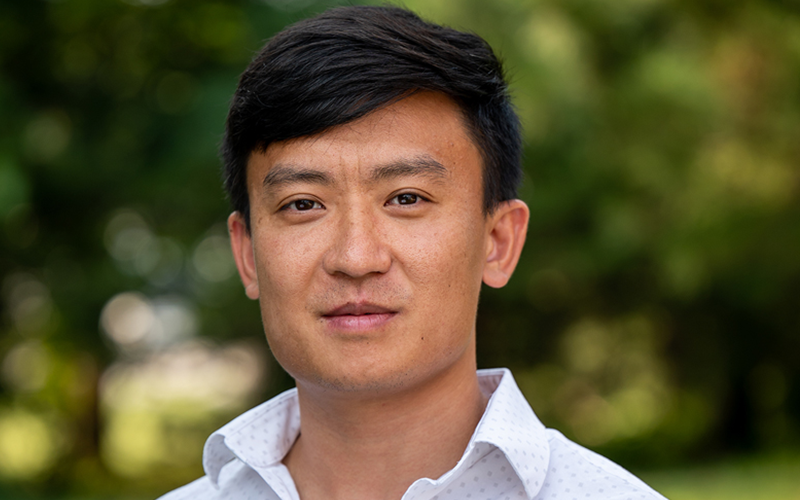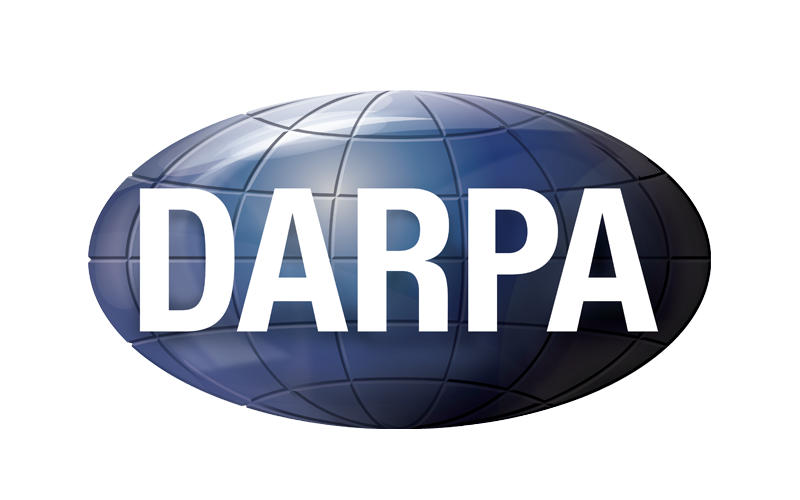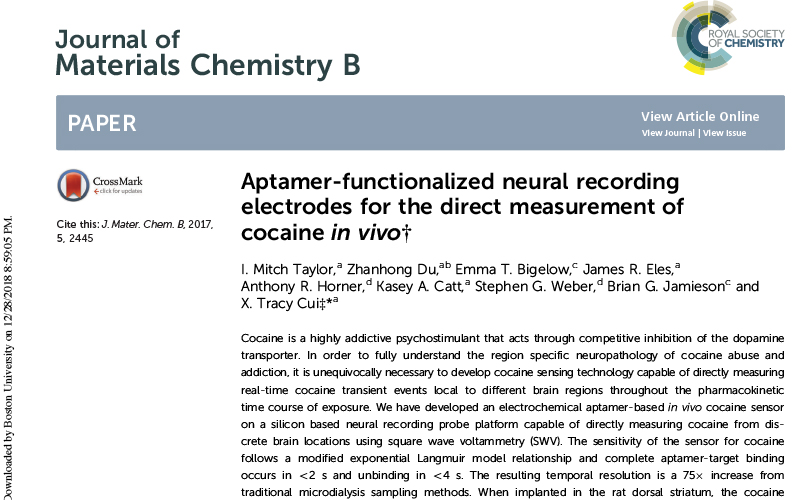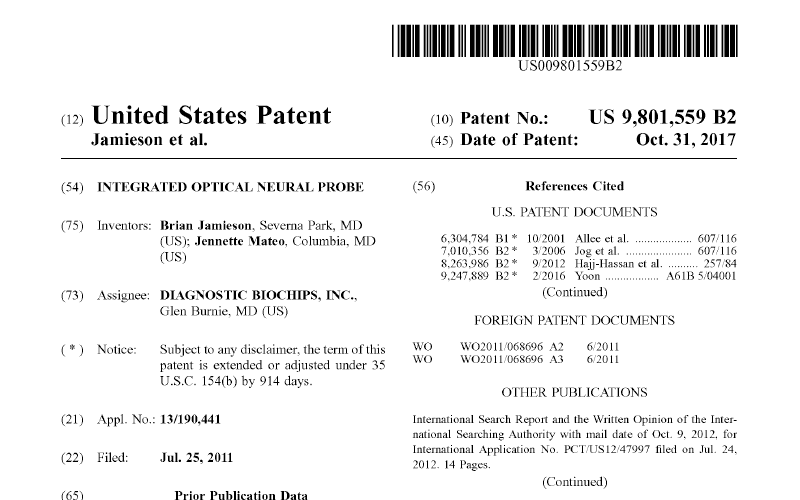Our Story
Diagnostic Biochips’ mission is to provide Intuitive and powerful neural probes designed to enable groundbreaking research in electrophysiology, and cloud-based software for spike sorting and analysis – anywhere, anytime.

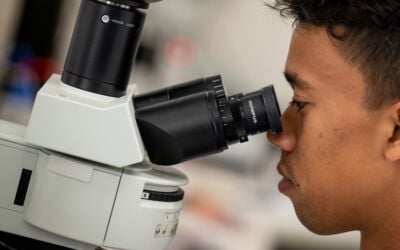
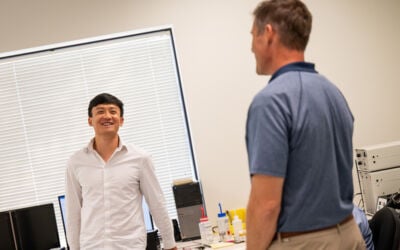
How We Started
Diagnostic Biochips was launched on the premise that users are ready for a turnkey multichannel extracellular recording system on par with laboratory assays and instruments found in other fields such as genetics. The foundational probe technology is based on Brian Jamieson and Fan Wu’s doctoral work at the University of Michigan, with several years of development funded in cooperation with the Howard Hughes Medical Institute/JFRC (2007-2016). We are located in Glen Burnie, Maryland (near BWI airport), which we half-jokingly describe as the emerging neurotech capital of the world.


Brian Jamieson
Founder & CEO
Brian Jamieson founded Diagnostic Biochips (DBC) in 2013 to drive groundbreaking advances in understanding the brain through the development of advanced neural interfacing systems.
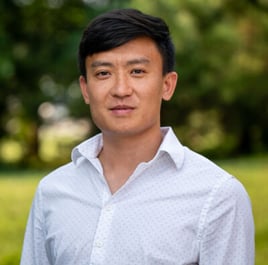
Fan Wu
CTO & VP Product Development
Fan Wu is a biomedical and electrical engineer with more than 10 years of experience in design, micro-fabrication and testing of micro-electromechanical systems (MEMS) for biomedical applications.
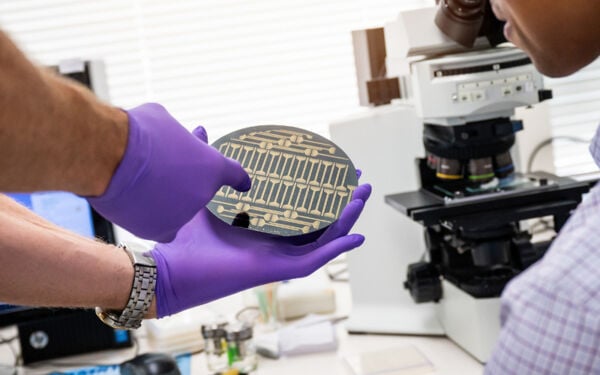
Formation
Diagnostic Biochips emerged from engineering services company Scientific & Biomedical Microsystems (SBM) in 2013 to commercialize technology developed under contract with the Howard Hughes Medical Institute’s Janelia Research Campus. With over $6M of R&D funding from the NIH and DARPA, Diagnostic Biochips has been expanding our preclinical neurosensor’s capabilities.
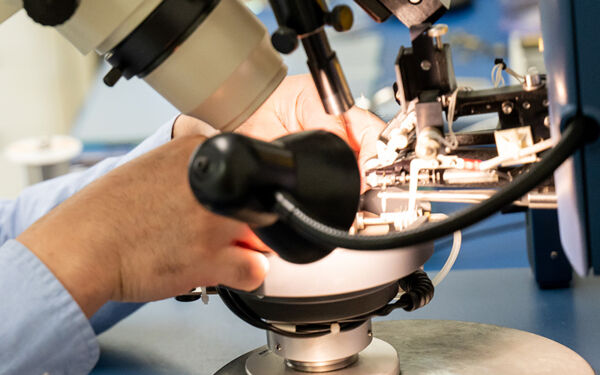
Building Momentum
A lack of appropriately scaled and widely applicable tools to study structures at the neural network level was identified as one of the barriers to allowing scientists to develop a detailed, functional description of the brain. In 2014, a consortium of federal agencies including the NIH, NSF, DARPA, the FDA, reached the same conclusion. As a result, The Brain Research through Advancing Innovative Neurotechnologies (BRAIN) Initiative, a multi-decadal, multi-billion dollar program, was launched to accelerate the understanding of the brain, and advance therapies and cures for the growing burden of brain disease. We are proud to be aligned.
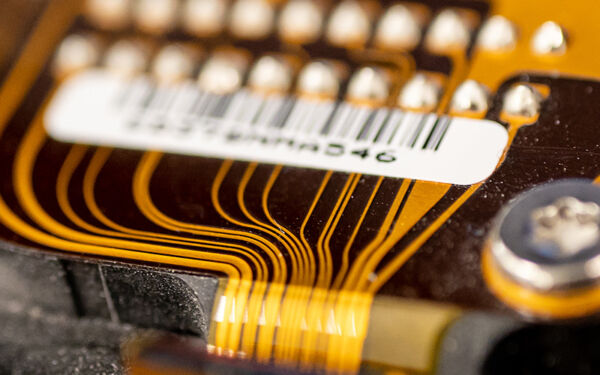
Current Focus
By accelerating the development and application of innovative technologies, researchers will be able to produce a revolutionary new picture of the brain that, for the first time, shows how individual cells and complex neural circuits interact in both time and space. Long desired by researchers seeking new ways to treat, cure and even prevent brain disorders, this picture will fill major gaps in our current knowledge and provide unprecedented opportunities for exploring exactly how the brain enables the human body to record, process, utilize, store and retrieve vast quantities of information, all at the speed of thought.


